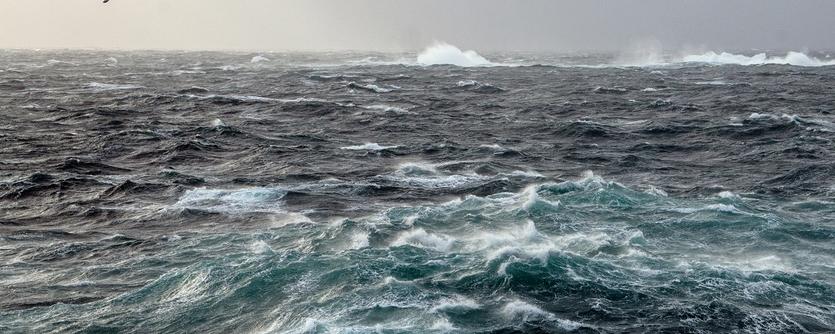
Vessel integrity - risk of flooding
In this Casualty Information newsletter, we would like to draw attention to taking measures to best ensure vessel integrity, stressing the importance of awareness and proper maintenance.
Flooding risk mitigation
Occasionally, Norwegian Hull Club handles claims related to external and internal water ingress and leakages on board vessels.
The causes of water ingress - either from sea water or between internal tanks and compartments - can of course vary, with the most serious being a grounding or collision. However, other reasons for water ingress can include material wastage/corrosion in piping systems or a general lack of proper condition assessment and maintenance.
When it comes to the rules and regulations relating to general vessel integrity, a class surveyor performs a survey of a vessel in accordance with the inspection regime based on scheduled dockings. Such a survey is conducted to assess the vessel’s condition and to ascertain that its integrity is maintained. Clearly, if a vessel and its systems are incorrectly maintained, its integrity will be threatened and it may not be able to gain its required class approval.
In this Casualty Information Newsletter, based on cases The Club’s has been involved with, we would like to draw your attention to the possible consequences for a vessel’s integrity if both it and its systems are not inspected and properly maintained by its managers.
EXAMPLE: A fully loaded bulk carrier reported heavy leakages from its cooling and ballast system piping in the engine room.
Ongoing repairs to pumps and valves had been performed by the crew for some time; however, due to the lack of a permanent repair, the crew eventually lost control of the leakages.
The water level in the engine room rose and, in the end, it flooded to the point it submerged the lower platform. A salvage company was urgently requested to assist in order to prevent the vessel from sinking.
THE SITUATION:
1) Overboard valves were leaking;
2) Isolating valves could not be properly closed;
3) Seawater cooling and ballast pumps were
found with leaking shaft seals, corroded and
leaking pump covers and housings;
4) Seawater cooling and ballast water piping and
flanges were leaking due to corrosion.
RECOMMENDED ACTIONS
• All suction and overboard valves in the engine room, pump room, cargo holds and bow thruster room should be properly overhauled by competent personnel during the vessel’s stay in dock. Overboard valves are subject to
class survey - however, the quality of the repairs and pressure testing should be followed up by the manager responsible;
• The time in dock during a scheduled class survey is limited; condition assessment and pre-planning of the repairs related to overboard valves and piping is therefore crucial;
• In connection with short or long term lay-up of a vessel, specific actions should be taken to initiate and maintain sufficient barriers in place to avoid ingress of water from sea and between tanks and compartments on board;
• Suction and overboard piping should be carefully inspected for corrosion before valves are reinstalled;
• Thickness measurements and pressure testing of pipe sections should also be considered;
• Once the valves have be reinstalled, proper testing of their functionality and tightness should be conducted;
• For internal seawater and ballast pipes and isolation valves, the time during docking should be utilised to carry out inspections and any maintenance required. Note: If the overboard valves develop leaks during operation - e.g. due to marine growth, wear and tear or malfunction - the isolating valves are your secondary barrier.
• Pump housing, pump covers and shut-off valves should be carefully inspected during overhaul. Corroded pump parts, gate valves and butterfly valves will require overhauling or replacement.
• Seawater cooling and ballast system filter housing, covers and bolts/securing devices should be inspected for corrosion when opened for cleaning. As with the pumps, damaged or corroded parts should be overhauled or replaced.
• Routines should be established to test the remote and manually operated valves on a regular basis, in order to confirm that the valves can be closed properly.
KEY RECOMMENDATIONS
Norwegian Hull Club wishes to highlight the following in particular:
• Do not postpone maintenance to underwater piping, valves, pumps and filters;
• Plan your scheduled dockings to include assessment, in order to be compliant with vessel integrity requirements;
• Procedures to be established for testing of valves on a regular basis.
• In connection with short or long term lay-up of a vessel, specific actions should be taken to initiate and maintain sufficient barriers in place to avoid ingress of water from sea and between tanks and compartments onboard.
Norwegian Hull Club wishes you all fair winds and following seas.